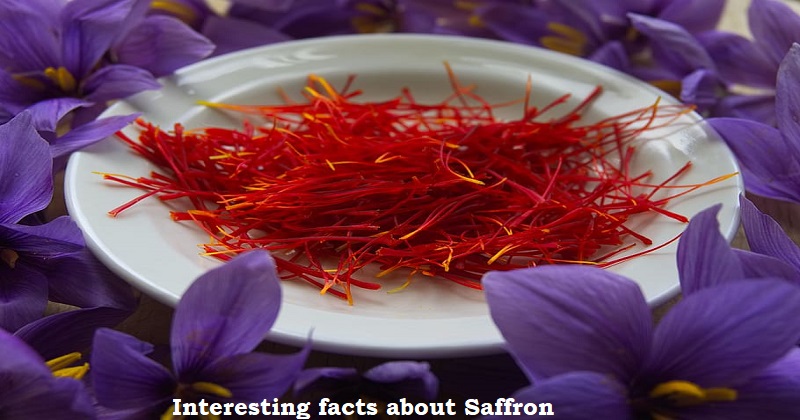
The Crocus flower, which only blooms in the autumn, is the source of saffron, one of the most expensive spices in the world. This rare flower can be found in Pampore, a small village in Kashmir, India.
Saffron comes in four different varieties: Pushal, Sargol, Super Negin, and Negin. Pushal is the most affordable kind as it is yellow-orange in colour.
How can I check my saffron at home for adulteration?
Saffron that is pure or authentic will never dissolve in water or other liquids. Additionally, the genuine one takes a few seconds to release its colour. While the tainted saffron dissolves right away and you can’t see the strand for a few seconds.
The spice is relatively pricey when compared to other spices because of its low production and labor-intensive manual processing.
Saffron is safe to use in cooking and has minimal to no documented negative effects or allergies in people. As per experts, up to 1.5 grammes of saffron per day is safe, but just 30 milligrammes of saffron have been found to be effective in promoting health.
As per studies, the side effects of saffron occur when one consumes high doses of saffron of 5 grams or more.
In order to preserve the fragrance, saffron should not be cooked for long. It is best to soak the strands in warm water or milk for a few minutes and then add them to the dish along with the liquid when the dish is almost cooked
For optimal flavour, keep saffron in its box or container and keep it in a cool, dark location for up to six months.
Saffron is sensitive to light, like other herbs and spices, thus it’s crucial to wrap the packet in foil to further protect it.

Post Your Comments